Updated: 30-Aug-2024
STIRLING
(UK)
This is the principle Robert Stirling's engines, a Scottish reverend who invented it in 1816. It was based on the contraction and expansion of a gas by taking it to a hot source that expands it and then to another cold source that contracts it.
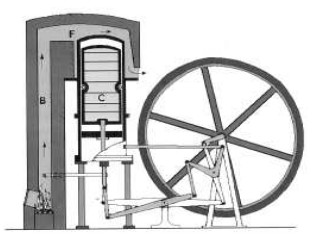
“Diagram of the original Stirling”
-Theoretically, a machine of this type works as close as possible to the Carnot cycle, proving to be very optimal.
-It runs on any type of fuel that produces heat.
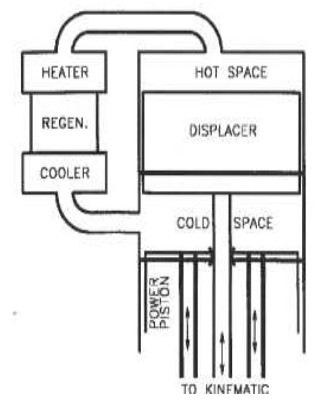
“Diagram of the operating principle”
-There are currently countless experimental devices working domestically, some made in a DIY way and others are sold as toys (see You-Tube, Google, etc.).
-One of these devices is shown below as an example.

“Domestic experiment”
-With the simple heat emitted by a cup of coffee, this type of engine works.
-There are many studies and tests and even practical applications of the principles of Stirling engines.
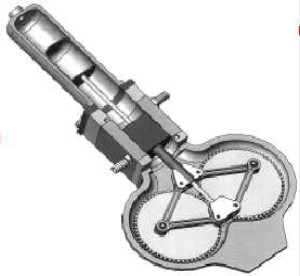
“Beta-type rhomboid Stirling engine”
-There is a Gamma engine variant and engines like the following are currently being tested in the laboratory.

“Another current test”
-In fact, it has been used in more than half a dozen submarines since the 1980s in immersion, rotating a dynamo to drive the main engine or charge batteries.
-But as far as this publication is concerned, its use in aviation is also being studied. In the Airsport magazine, a presentation of various Stirling engine concepts was published, with one module, two coupled modules, three radial modules and four radial modules.
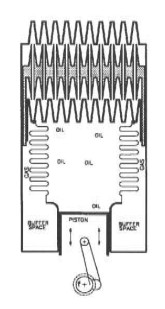
“Single-cylinder version
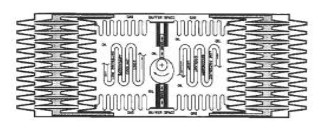
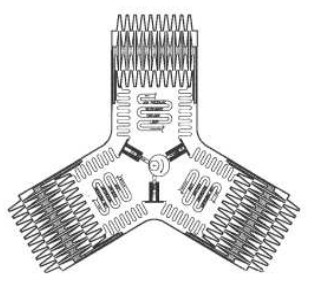
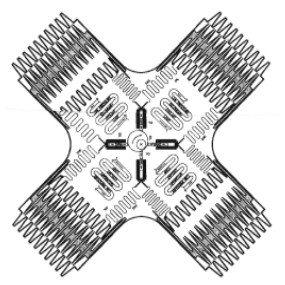
“Two-, three-, and four-cylinder versions”
From Appendix 6: NASA and DOE (Department of Energy) have been working on 15 kW engines for future interplanetary travel, heated by solar heat (hot spot) to drive the free piston and this a linear alternator.
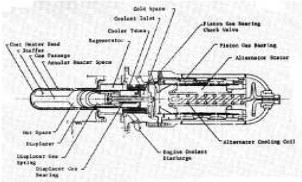
“15 kW Free-piston Stirling”
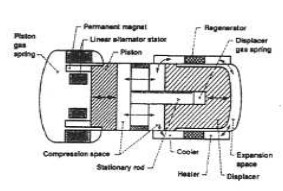
“Free-piston Stirling and linear alternator”
-On the left we clearly see the permanent magnets and the stator or fixed winding.
-Between the two, pole pieces move alternately dragged by the free piston on the right. This is a theoretical scheme.
-Here is a real design of this type of alternating current generators activated by the free piston of a Stirling engine. In this case it is a Cummins design.
-The upper filaments are heating tubes (possibly exposed to the sun and/or with lenticular mirrors).
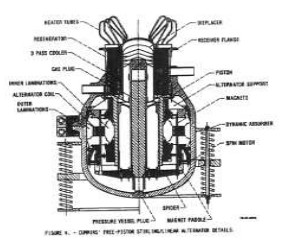
“The Cummins free piston linear alternator”
-Another free piston/hydraulic version for space uses as well.

“Stirling/hydraulic engine”
-Engines based on the Stirling hot air cycle have been studied and tested continuously, being in continuous progress.
-One of the most studied applications has been to go on board space vehicles taking advantage of the heat of the Sun.
-Towards the last third of the previous century these engines were already made with the unification of the Stirling cycle with Brayton and Rankine systems within these engines, resulting in machines like the following.
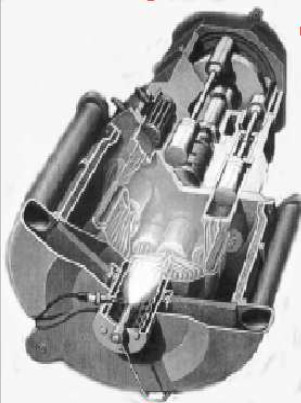
“One of the last Stirling designs” (PeT)

“Diagram with the three cycles” (PeT)
-To optimize the operation, the Brayton cycle provides heat recuperators, or “reheats”.
-To the mechanism that we have known in the previous chapters of this engine and in this same publication, with connecting rods, oscillating plates have recently appeared.
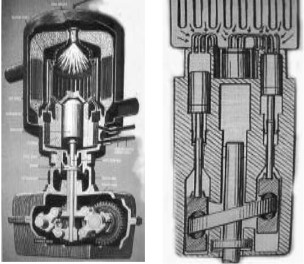
“The two mechanisms mentioned”
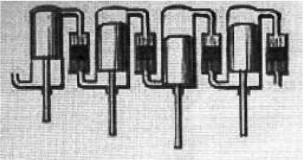
“Possibility of making multi-cylinder engines”
-Note that the heat source can be produced by countless means and fuels.
-Several manufacturers, as has been said, have worked on Stirlings, achieving feasible engines and of certain powers that increase over time. Philips has a double-acting prototype giving 60 HP
-Another manufacturer such as GM and its Research Laboratories have also worked with these engines.
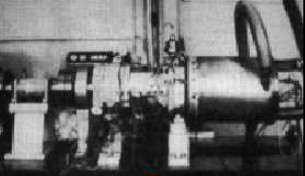
“Philips Stirling” (PeT)
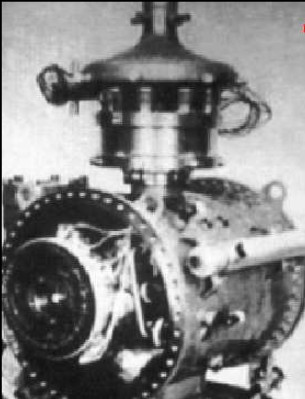
“The GM, ready for space” (PeT)
-The General Motors Stirling was designed to be used in space, where power was needed, such as generators, compressors, etc.
-We can see it better in an experiment where the heat of the Sun's radiation is used to operate a Stirling, what it would be like in space.

“Toy Stirling engine demonstrator, solar energy”
-As a continuation of the Stirling chapter, we also have other developments in which we observe the same style with specific variants for each engine design.
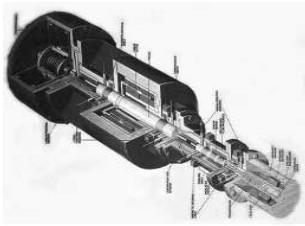
“Single-cylinder Stirling”

“Four cylinders and two interconnected crankshafts”
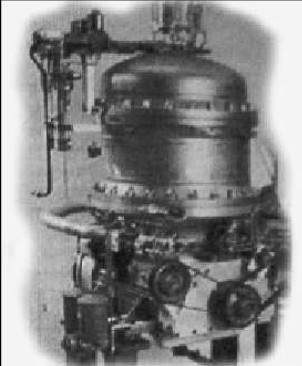
“Actual appearance of the previous useful Stirling” (PeT)
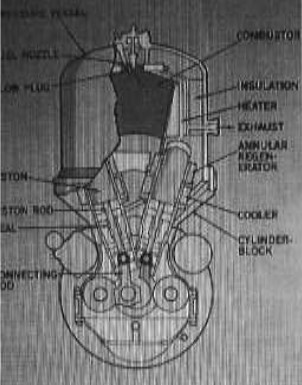
“Stirling engine with four convergent V-cylinders and one crankshaft”
-It seems that the engine we present below works with this system. It can run on town gas, gasoline or alcohol.
-Around the 1910s, the period to which it belongs, it was a test because the power was minimal and the revolutions were about 500 per minute.
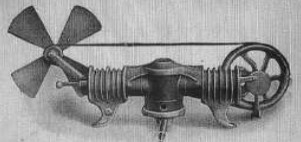
“Small hot air engine”
-In this case, it drives a fan.
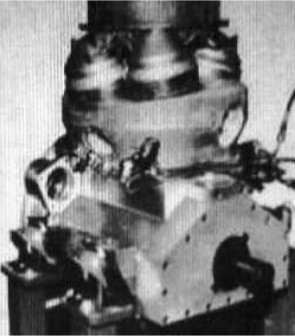
“Swedish Stirling"
Model: Hot air engine
Power: Other details:


